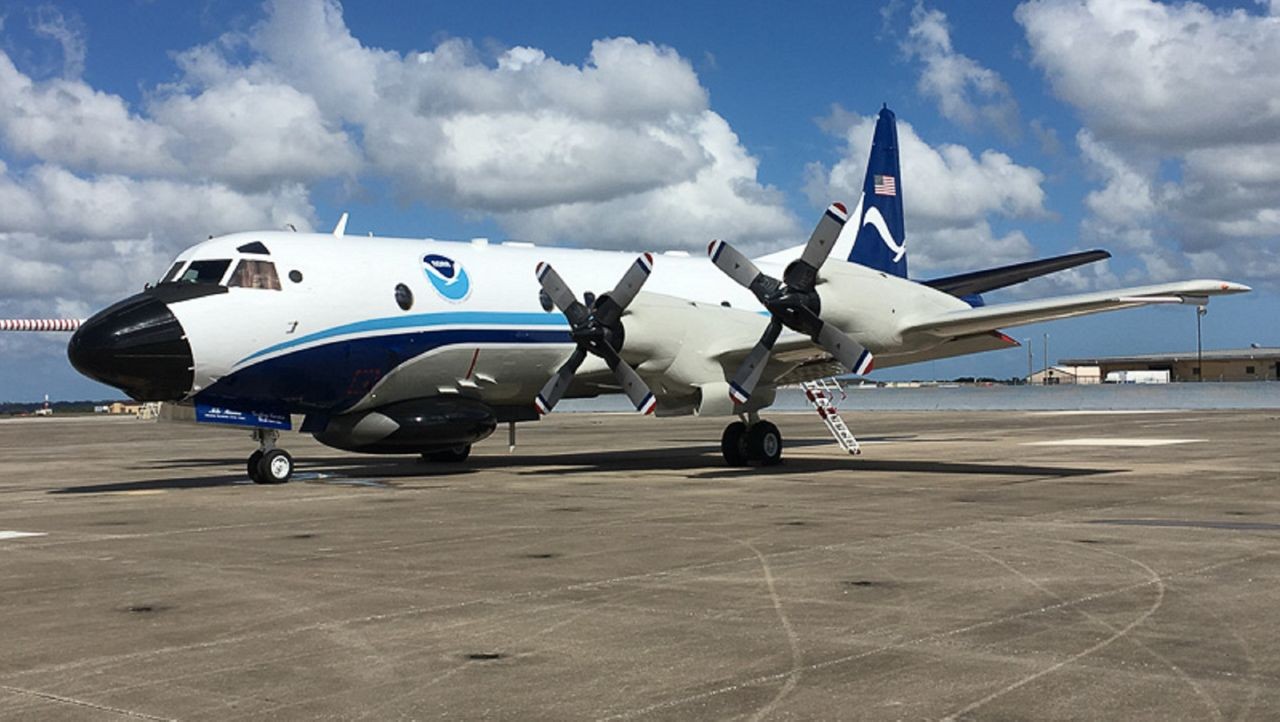 |
| The Hurricane Hunter P-3 'Hurricane Hunter' aircraft used in the study. (Source: mynews13.com) |
NOAA's Hurricane Field Program team conducted a research mission during Hurricane Tammy this past October using a Hurricane Hunter P-3 “Hurricane Hunter.”
From this plane, they launch drones into the eye of the storm to collect data sets.
In addition to being the first launch of Black Swift Technologies' S0 drone into the eye of a hurricane, this research also featured the first successful combination of the following technologies:
Anduril’s Altius 600: A low-flying drone launched from a Hurricane Hunter aircraft and capable of operating over the ocean at low and medium altitudes. It collects data from the outer layers of a storm to detect changes in the overall structure of the storm. While flying into Hurricane Tammy, the drone transmitted data from 900 feet above sea level.
Saildrone: An unmanned vehicle powered by wind and solar energy that collects data close to the ocean surface. These observations improve our understanding of changes in tropical cyclone intensity.
Thermometers: small probes dropped from hurricane hunter aircraft to measure ocean temperature at depth. They can collect ocean temperature data down to 350 meters.
Dropsondes: small devices that collect information on atmospheric pressure, temperature, humidity, wind speed and direction as they descend through the atmosphere. They include a special probe equipped with infrared sensors capable of measuring sea surface temperature.
Dozens of scientists , crew members and private industry partners planned and executed this complex study to collect critical data about how hurricanes form in the atmosphere and at sea.
“Our team coordinated the launch of the unmanned vehicles, which allowed us to collect data for analysis and improve our understanding of the interaction between the atmosphere and the ocean,” said Joe Cione, NOAA chief meteorologist.
Source



![[Photo] Discover unique experiences at the first World Cultural Festival](https://vphoto.vietnam.vn/thumb/1200x675/vietnam/resource/IMAGE/2025/10/11/1760198064937_le-hoi-van-hoa-4199-3623-jpg.webp)

![[Photo] General Secretary attends the parade to celebrate the 80th anniversary of the founding of the Korean Workers' Party](https://vphoto.vietnam.vn/thumb/1200x675/vietnam/resource/IMAGE/2025/10/11/1760150039564_vna-potal-tong-bi-thu-du-le-duyet-binh-ky-niem-80-nam-thanh-lap-dang-lao-dong-trieu-tien-8331994-jpg.webp)

![[Photo] Opening of the World Cultural Festival in Hanoi](https://vphoto.vietnam.vn/thumb/1200x675/vietnam/resource/IMAGE/2025/10/10/1760113426728_ndo_br_lehoi-khaimac-jpg.webp)




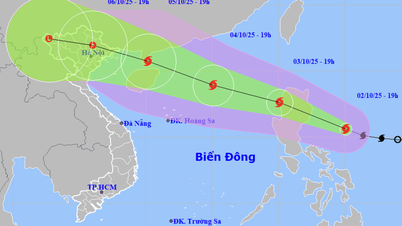



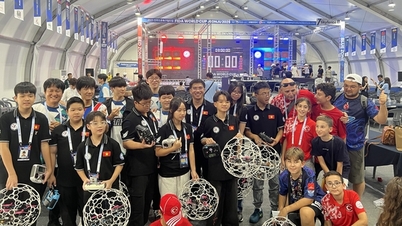










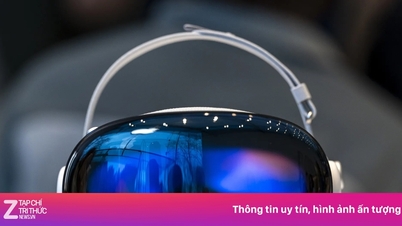









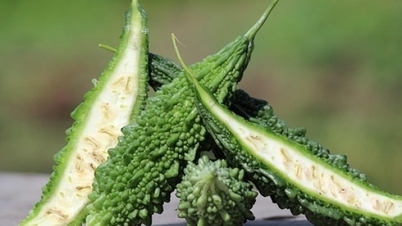

![[Photo] Ho Chi Minh City is brilliant with flags and flowers on the eve of the 1st Party Congress, term 2025-2030](https://vphoto.vietnam.vn/thumb/1200x675/vietnam/resource/IMAGE/2025/10/10/1760102923219_ndo_br_thiet-ke-chua-co-ten-43-png.webp)





























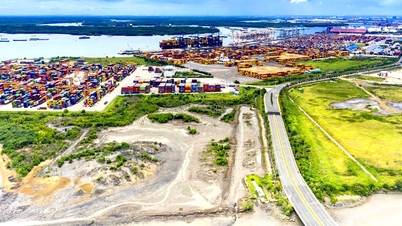
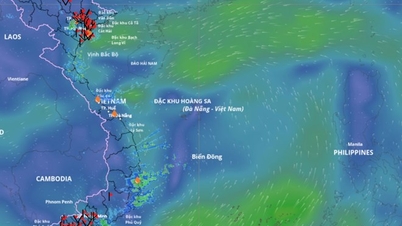




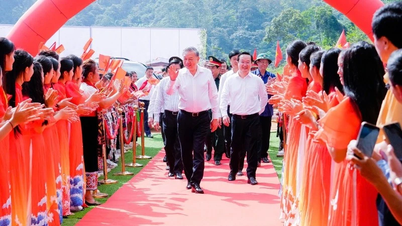





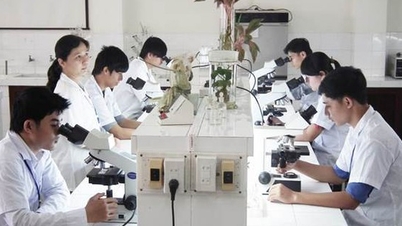























Comment (0)